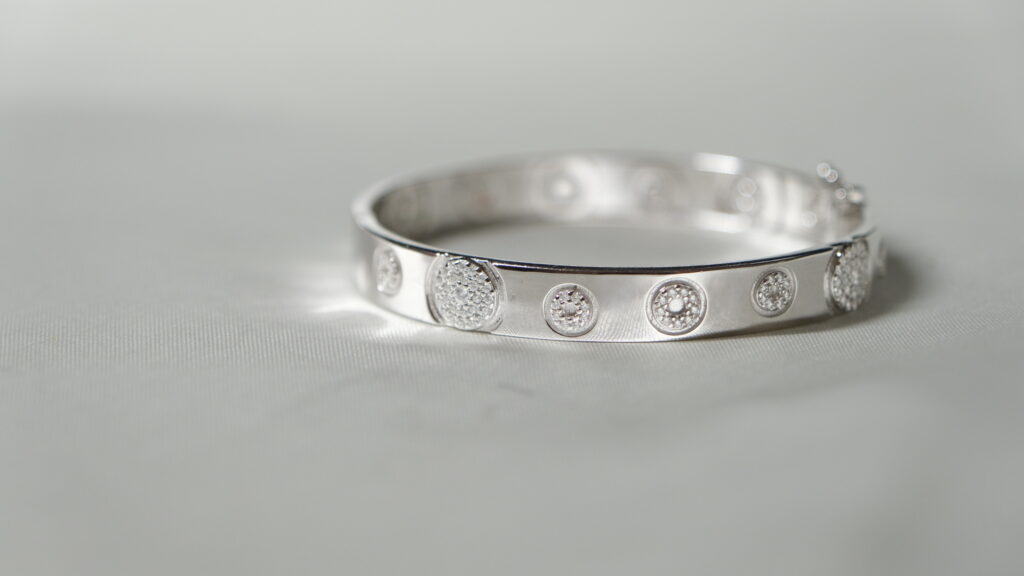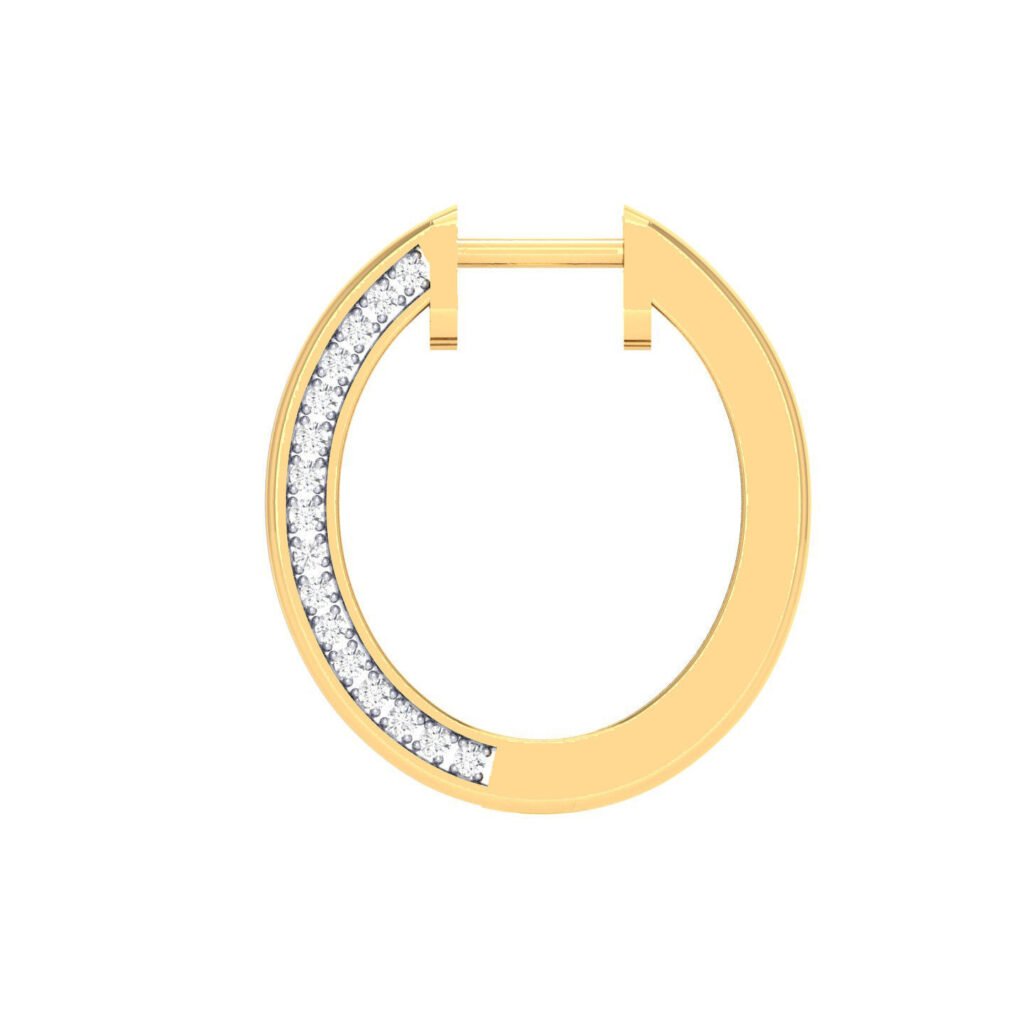Diamonds
DIAMOND CARAT
A diamond cut is a key factor to consider when choosing your next piece of diamond jewelry.
By Chinwe, Chief Creative Officer
Understanding the importance of a diamond’s carat weight is essential in evaluating its value and quality. Carat weight is a primary factor that affects a diamond’s price, but it’s not the only factor. Other characteristics like cut, color, and clarity can also impact its overall desirability.
-
Halo Platinum Round Brilliant Cut Wedding Engagement Ring 1.27ct
Platinum 950
£9,500 Select options This product has multiple variants. The options may be chosen on the product page -
Sale!
Platinum Emerald Cut Wedding Engagement Ring
Platinum 950
£17,500 Select options This product has multiple variants. The options may be chosen on the product page OUT OF STOCK

The diamond is a beautiful and prized gemstone, and its value is often determined by its carat weight. However, the history of measuring diamond weight is not as straightforward as one might expect. Before 1907, there was no standardized system for measuring diamonds, and gemstone evaluation varied from country to country. The carat became the unit of measurement for diamonds in 1907, replacing the varying evaluation methods used across different countries.
Carat weight is a measure of a stone’s weight and is used exclusively to weigh gemstones and diamonds. It is often confused with visual size, but it is important to understand that carat weight and visual size are not the same. Carat weight is a measure of the actual weight of the stone and cannot be observed with the naked eye. Several factors can affect the weight of a stone, including its density, formulation, and shape.
Density is a crucial factor when it comes to determining a stone’s weight. A diamond is one of the densest materials on earth, which means that even a small difference in carat weight can make a significant difference in the stone’s overall value. Other factors that can affect a stone’s weight include its formulation and shape. For example, a round diamond weighing 1.00 ct. will measure around 6.5mm, whereas a round sapphire of the same weight will measure around 6.0mm. This is because different gemstones have varying densities.
It is important to note that a stone that appears visually substantial does not necessarily indicate a high carat count. The visual size of a stone can be influenced by factors such as its cut, color, and clarity, and these characteristics do not necessarily correspond to carat weight. A stone with high color and clarity but low carat weight may appear visually larger than a stone with a higher carat weight but lower color and clarity grades.
When shopping for jewelry with multiple stones, it is important to look for the term Total Carat Weight or TCW. Total carat weight represents the total weight of all diamonds or other gemstones in a piece of jewelry, when more than one stone is used. Sets of jewelry, or jewelry sold in pairs, are typically sold using TCW. For example, diamond solitaire earrings are usually quoted in TCW, indicating the combined weight of the diamonds in both earrings.
Understanding the significance of carat weight is crucial when it comes to purchasing diamonds or gemstones. It is important to note that carat weight is just one of the many factors that can influence the value of a stone. Other factors such as colour, cut, and clarity also play a significant role in determining a stone’s value.
-
Love Bubble Bracelet – 18K White Gold
18K White Gold
£5,950 Select options This product has multiple variants. The options may be chosen on the product page -
Love Bubble Earrings – 18K White Gold
18K White Gold
£4,650 Select options This product has multiple variants. The options may be chosen on the product page -
Love Bubble Pendant – 18K White Gold 0.34ct
18K White Gold
£1,950 Select options This product has multiple variants. The options may be chosen on the product page -
Love Bubble Ring – 18K White Gold 0.92ct
18K White Gold
£3,350 Select options This product has multiple variants. The options may be chosen on the product page
How A Diamond Carat Is Weighed
The term “carat” has an interesting origin. It comes from the carob seed, which was used by gem merchants in the past to weigh gemstones and diamonds. This was because carob seeds were uniform in weight and size, making them ideal for this purpose.
Today, a carat is equivalent to 0.2 grams, or 200 milligrams, which is roughly the weight of a paperclip. The carat is a universal unit of measurement, recognized worldwide regardless of the measurement system used in a particular country.
To determine the carat weight of a diamond, it is important to weigh the diamond in grams, and then divide that number by 0.2. This will give you the carat weight of the diamond. Most modern jewelers use a scale specifically designed for measuring carat weight and do not calculate it by hand.
In addition to the standard carat weight measurement, gemologists and jewelers also use a point system to refer to diamond carat weight. This system is based on the number of points in a diamond, with 100 points equaling one carat. For example, a 50-point diamond weighs half a carat, while a 500-point diamond weighs five carats.
Understanding the carat weight of a diamond is essential when evaluating its value and determining its price. However, it is important to remember that carat weight is just one of the many factors that contribute to a diamond’s overall quality and beauty. Other factors, such as cut, clarity, and color, also play a significant role in determining a diamond’s value and beauty.
Should Diamond Carat Size Matter?
While carat size is a significant factor when it comes to choosing a diamond, it should not be the only consideration. The importance of carat weight is subjective and varies depending on individual preferences. The value and beauty of a diamond are affected by the 4 Cs: carat weight, cut, clarity, and color, but each of these factors holds different importance for different people.
When shopping for a diamond, it is crucial to consider the recipient’s preferences. If the person likes to wear sparkly and eye-catching jewelry, then the focus should be on the cut, clarity, and color rather than the carat weight. On the other hand, if the visual size is what matters most, then carat weight and cut should be the primary considerations.
Precious metals are used in a wide range of industries and applications, including jewelry, electronics, medicine, and finance. Gold is perhaps the most well-known precious metal, and is commonly used in jewellery and as a store of value. Silver is used in many industrial applications, such as electrical wiring and as a coating for mirrors. Platinum and palladium are often used in catalytic converters in automobiles to help reduce emissions.
It is worth noting that there is no specific carat weight that is universally considered the best. The choice of carat weight depends predominantly on what qualities are essential to the individual buyer. While larger diamonds tend to have more significant visual impact, a smaller diamond with excellent cut, colour, and clarity can be just as impressive.
Diamond Carat and How It's Impact on Price
When purchasing a diamond, carat weight is an essential factor to consider as it determines the price of the diamond. Once the cut, color, and clarity grade have been established, the carat weight can be easily determined to fit within a budget. Generally, larger diamonds are more valuable because they are found in nature less frequently than smaller diamonds. As a general rule of thumb, double the carat weight means it will cost four times more. Therefore, purchasing jewelry that features multiple diamonds with a lower carat weight can be more cost-effective than purchasing jewelry that features one diamond with a higher carat weight.
The most popular carat weights for diamonds are 1.25 ct and 1.0 ct. However, if you want to cut down on costs, finding a slightly lower carat diamond with a high-quality cut can help make the diamond appear larger. This is because a high-quality cut can help enhance the diamond’s appearance and make it appear more substantial than its actual carat weight.
Some diamonds fall under the category known as “under-sizes,” which means the diamonds weigh just below a cutoff weight. These cutoff weights are 0.50 ct, 0.75 ct, 0.90 ct, 1.00 ct, 1.50 ct, and 2.00 ct. Under-sized diamonds are more challenging to find as diamond cutters will typically choose to sacrifice beauty to cut a diamond with a weight that reaches one of these cutoff weights, also known as “magic numbers” in the industry.
However, it is important to note that even seemingly microscopic differences in carat weight can impact the cost of the diamond significantly. Thus, looking for an under-size diamond could potentially help save money without sacrificing too much in terms of the diamond’s appearance.
It is important to keep in mind that carat weight is just one of the four Cs that affect the value and beauty of a diamond. The other three Cs are cut, color, and clarity. When shopping for the perfect diamond, it is essential to consider the recipient’s preferences. If the recipient prefers sparkly and eye-catching jewelry, focusing on cut, clarity, and color may be more important than carat weight. However, if the visual size of the diamond is crucial to the recipient, carat weight and cut should be the primary focal points.
In conclusion, carat weight plays a significant role in determining the value of a diamond. However, it is not the only factor to consider when purchasing a diamond. Finding the perfect diamond involves balancing the four Cs to find a diamond that fits within your budget and meets the recipient’s preferences. Understanding how carat weight impacts the value of a diamond can help you make an informed decision when purchasing diamond jewelry.



